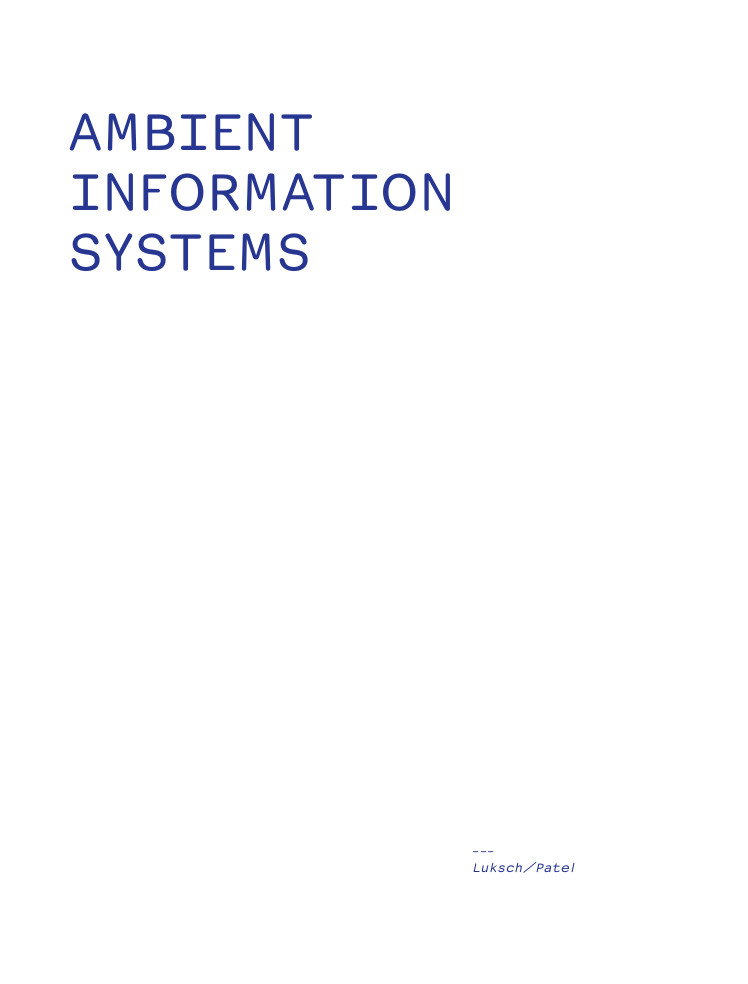Video For Change. A Guide For Advocacy And Activism (2005)
Filed under book | Tags: · activism, human rights, independent media, journalism, mass media, media activism, video

Pictures from Abu Ghraib showed the power of the amateur image to grab the world’s attention. The Asian tsunami, caught on camcorder, brought home the reality of what had happened more than any news report ever could. Around the world the increasing availability and affordability of technology has fuelled the world of social justice video activism. Film-making — at its best — has the power to change the way people think, and create real social change, and now the tools to do it are more accessible than ever before. This book shows how activists and human rights campaigners can harness the power of images and stories for their own purposes — it’s a step-by-step guide to the handicam revolution.
Written by leading video activists, and staff of the world-renowned human rights organization WITNESS, this practical handbook will appeal to experienced campaigners as well as aspiring video activists. It combines a comprehensive analysis of what’s going on in this growing global field with a how-to primer to doing it yourself.
Video for Change is packed with real-life stories from the fray, how-to guidance, and easy-to-use exercises. Clear and accessible, it provides a crash course in the basics of social justice video documentation and advocacy. The authors cover every aspect of filmmaking from technical guidance to strategic and ethical issues, making it indispensable for both amateur and professional filmmakers.
Readers are shown how to plan, film, edit and distribute; they are shown how to adopt an effective strategy so that their video makes a difference. The book is unique in that it also covers the practical ethics and responsibilities of social justice video-work and offers a global range of real-life stories to learn from.
Edited by Sam Gregory, Gillian Caldwell, Ronit Avni, Thomas Harding
Preface by Peter Gabriel
Published by Pluto Press, 2005
ISBN: 9780745324128
344 pages
More info (publisher)
Comment (0)Thomas Harding: The Video Activist Handbook, 2nd ed. (1998/2001)
Filed under book | Tags: · activism, community, documentary film, human rights, independent media, journalism, mass media, media activism, television, video

This second edition of the highly popular The Video Activist Handbook includes numerous examples of contemporary video activism from around the world. The first book to provide the basic skills and know-how required for beginning video activism, it also offers a wealth of ideas on video strategies to those with some prior experience. Whether you are involved in campaigning, non-violent direct action, or simply want to know how to make use of video as a political tool, this book is for you. • Covers the key topics in a step-by-step guide – from choosing and using the right equipment and planning when and where to shoot, to supplying to TV, making a campaign video and legal considerations • Combines clearly written and illustrated practical advice, backed up by a wealth of resources, with first-hand examples of successful video activism • Critically assesses the mainstream media agendas and offers a lively survey of the international video activist scene.
Foreword by Anita Roddick
Publisher Pluto Press, 2001
ISBN 0745317707, 9780745317700
Length 255 pages
More info (publisher)
More info (google books)
Manu Luksch, Mukul Patel (eds.): Ambient Information Systems (2009)
Filed under book | Tags: · activism, art, creative industries, media activism, media art

“The publication elucidates the work of Manu Luksch, Mukul Patel and collaborators as part of the wave of critical art that has emerged alongside the rise of digital networks. Interrogating the social and political transformations of the late 20th/early 21st centuries, their practice bridges art and activism, and recalls aspects of the 1910s-20s avant-garde and 1960s-70s conceptual and systems art.
A major essay by media theorist Armin Medosch situates the work of the London-based artists amidst the rise of the ‘creative industries’ idea, inner-city regeneration, and the dot-com boom. Medosch also discusses critical art in the light of ‘open source culture’ and offers an analysis that draws on systems theory. Other contributors to the book include independent media activist Keiko Sei on the ‘camcorder revolution’ in Burma; policy consultant and writer Naseem Khan on grass-roots regeneration in East London; activist/artist Siraj Izhar on praxis as process; and philosopher/dramaturge Fahim Amir on techno-democracy.”
With contributions by Fahim Amir, Siraj Izhar, Naseem Khan, Armin Medosch, Keiko Sei, and Shane Solanki.
Some texts are in German. Translator: Nicholas Grindell
Published in London, 2009
ISBN 9780955624506
400 pages
PDF (single PDF, added on 2013-11-22)
PDF (PDF chapters)

